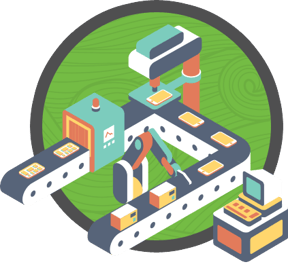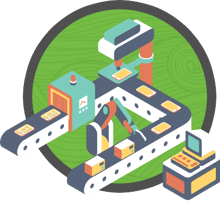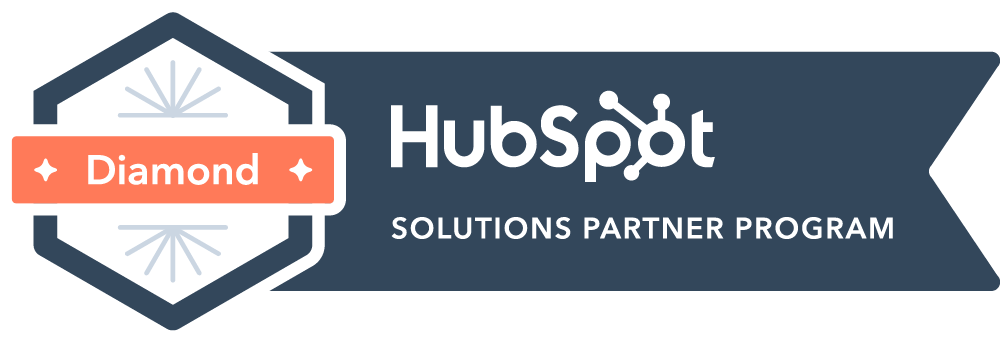B2B Technology Sales Cycle Has Changed
B2B Marketing is Hard
Industry Trends – As recently as 2008, B2B sellers have had to have more control of the conversation with buyers. Selling complex technology requires the salesperson to provide the buyer with more information.
There are multiple licensing programs and multiyear contractual agreements with different price points based on size. There are add-on services and multiple implementation plans to manage.
Over the last 10 years, several industry trends have emerged:

The customer is in the driver’s seat.

Data is the industry game changer.
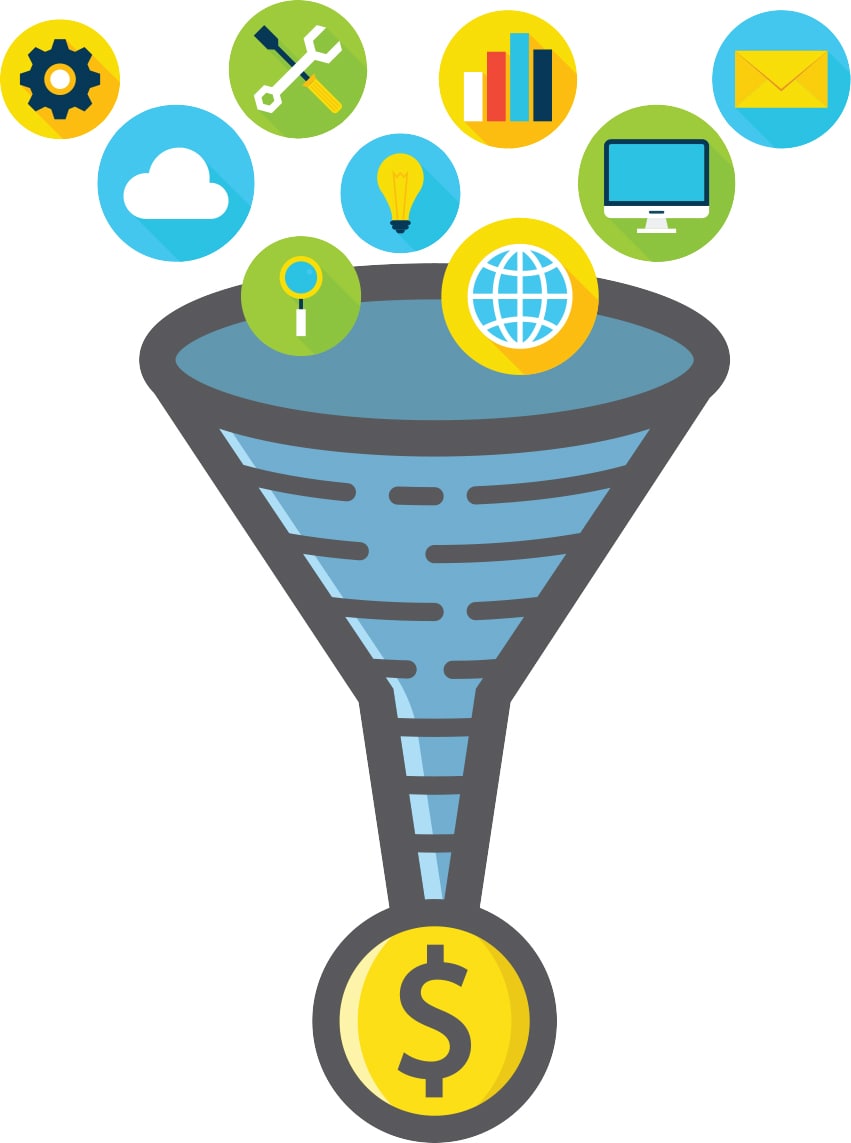
What Makes B2B Marketing So Difficult?
Long sales cycle: Products and services are expensive and complicated.
Highly competitive: Markets are already saturated, in many cases.
Very niche: Innovative products and services target specific industries with unique challenges.
Blurry line between B2C and B2B: Are users searching for personal reasons or on behalf of their businesses?
1. The Customer Is in the Driver’s Seat
Death of a (B2B) Salesman is a 2015 Forrester report that predicted 1 million U.S. B2B salespeople will lose their jobs to self-service eCommerce by 2020.
A 2014 Google study sponsored with Millward Brown Digital found:

Decision-makers are 75% of the way through their purchase process before reaching out to a brand!

68% of these buyers' self-directed research is digitally driven.
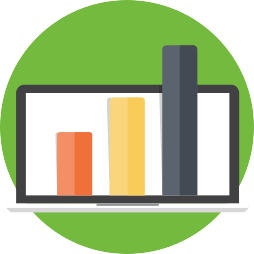
B2B researchers do an average of 12 searches prior to engaging a specific brand.

90% of B2B buyers specifically use search to research business purchases.

Due to the increase in information available online, Google found that the number of brands or vendors in the final consideration phase has dropped from 5 to 2!
Why Is This Happening?
Buyers either feel that the sellers do not understand their business OR that the sellers do not provide enough information on the solutions they need.
And they have access to data that they can use to make a sound decision on their own in the research stage.
The Reports of the B2B Salesman Death Are Greatly Exaggerated
Forrester followed up on its 2015 report in 2017 with an update to its findings. It found that B2B buyers want the ability to do their own research. BUT… they also want access to knowledgeable sales professionals who can help guide them through the buyer’s journey along with access to online tools and information.
These buyers start with a generic search that is not brand related. For example, let's say you want to secure your data in the cloud, you might search for:
How do I do this?
OR
What is the best recommendation for solving XYZ?
Buyers are turning to search to solve real business problems. Therefore, the best content is focused on how business people can solve their challenges.
Google also found that a lot of these searches happen outside of the C-Suite.
0% of final authority occurs outside the C-Suite. And these influencers do have clout:
0% - a little influence
0% - some influence
0% - heavy influence
Messaging MUST target influencers as well as the C-Suite.

Decision-makers and influencers are also getting increasingly younger:
In 2014, these B2B technology decision-makers and influencers were:
0% Boomers and Gen X
0% Millennials
In 2020, that is expected to be:
0% Boomers and Gen X
0% Millennials
0% Gen Z
(Gen Z began in 1998 – the same year Google was founded)
Multiscreen Is the Default for B2B Research
80% of B2B researchers are using multiscreen – they may start on a mobile device, continue on a tablet, and then finish on a laptop—or the other way around.
70% of those B2B buyers who are doing multiple (12) searches are engaging with video content.
At a 2017 event, Google announced that organizations that integrate video into their messaging during the buyer’s journey were 25% more likely to be considered the vendor of choice during the decision-making phase.
Mobile Is Critical
Google announced in 2016 that they were adopting a mobile-first approach to indexing websites.
Mobile is not just about moving the desktop experience to a mobile device and shrinking it. It is about being a leader in mobile and providing a great experience on the device.
To accomplish this, speed is critical!
Google stated that:
75% of mobile sites today take 10 seconds to load.
53% of visitors leave after 3 seconds!
For EVERY 1 second increase in mobile load time, conversions drop by 12%.
To be a leader, mobile sites must load quickly and provide quality, relevant content. Mobile leaders have a much higher number of queries, traffic, leads, transactions, and 3X REVENUE!
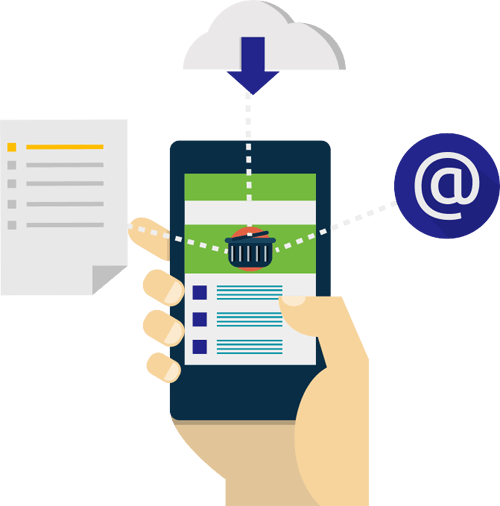
2. Data Is the Industry Game Changer
EVERY MINUTE:
142 million emails are sent and received.
400 hours of video are uploaded to YouTube.
2.4 million Google searches are performed.
There is more data available than ever to help leading organizations improve their customer journey.
“… businesses that integrate multiple sources of customer and marketing data significantly outperform other companies in terms of sales, profits, and margin.” Harvard Business Review, 2016
The retail space, for example, takes a data-centric approach to making recommendations to customers. This can be extended into the B2B technology industry.
Three Opportunities for B2B Technology Marketers:

Proactively leverage data for audience targeting: Provide the right message at the right time based on users' intent. Buyers are expressing their intent in search, whether it is during the upper funnel education or further down the funnel when they’re looking for price.

Attribution: Using the data that marketers collect after others interact with their platform or solution. What is working well in the marketing effort?

Automation: Leverage machine learning to make sense of the massive amount of data being created every minute.
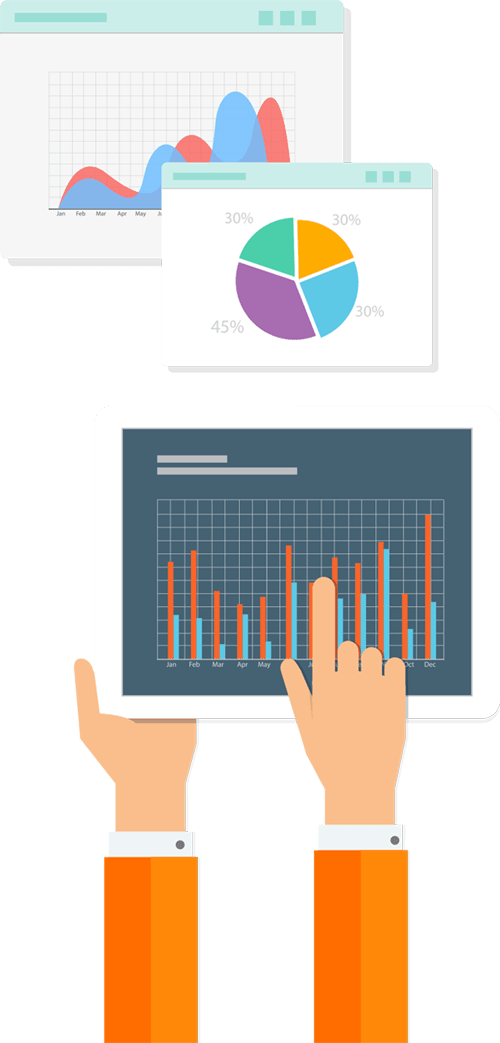
Multiple Ways to Segment and Target Prospects:
Demographic Marketing – This has been used by marketing professionals for decades. Understanding their ideal customer by age, gender, location, and income.
Affinity Audiences – Connecting with audiences based on a holistic picture of their lifestyles, passions, and habits.
In-market Audience – Use the signals that Google gathers from 1 billion daily active users to target audiences actively searching for solutions.
Remarketing – Target audiences who have already connected with a B2B technology company’s content and messaging.
Remarketing for Customer Match – Ability to upload first-party data, including email addresses, company domains, and phone numbers, from a B2B company's CRM data to target audiences already familiar with a company and who are actively researching solutions.
Ability to Target Current Customers Through Multiple Channels
That last point offers a very powerful new tool to marketers, as customer retention is more efficient than new customer acquisition.
Probability of Selling to a Customer:
60%-70% more probable to sell to an existing customer
5%-20% likelihood of selling to a new customer
Leverage data to bridge the gap to make new customer acquisition closer to selling to existing customers.

3. The Next Frontier Is Machine Learning
That new frontier is here, today. Machine learning can help marketers make sense of the vast amount of new data.
2.4 million Google searches every minute
15% of these searches are brand-new on Google and have never been asked before
20% of searches are now done via voice search
70% of Google Assistant requests are asked in natural speech
Leverage Machine Learning to Steal Business
Forrester: By 2020, companies that master machine learning will steal $1.2 trillion per year from those that don't.
If 15% of searches, or 360,000 every minute, have never been searched before, machine learning can help anticipate how those searches lead to a specific B2B technology solution.
Google uses machine learning to position ads for searches that have never been seen before but are relevant to a business through Smart Display Campaigns and Dynamic Search Ads.
Help Google Help You by Measuring All Conversions
Macro-Conversions: The main KPI for a B2B technology company, which might be a demo request, download, purchase, or completed contact form.
Midlevel Conversions: Secondary KPI, which could be an eBook download or a phone call.
Micro-Conversions: Goals that a B2B technology company sets for pages visited or time spent on a page.
Value is set for each level conversion.
eBook download might be worth 2x more to the person who visited 10 pages on a site.
A product demo might be 4x as valuable as the eBook download.
Google AdWords provides conversion tracking for free.
Sign up for a Free B2B SEO Assessment
Google and other search engines can drive prospective buyers to your content throughout their purchasing journey. But only if they can find you.
The B2B technology marketing experts are here to help and offer a valuable assessment to ensure your site is performing as it should.
Take the first step toward increasing the number of quality visitors to your website. Submit the form below to sign up for our free SEO assessment today.


